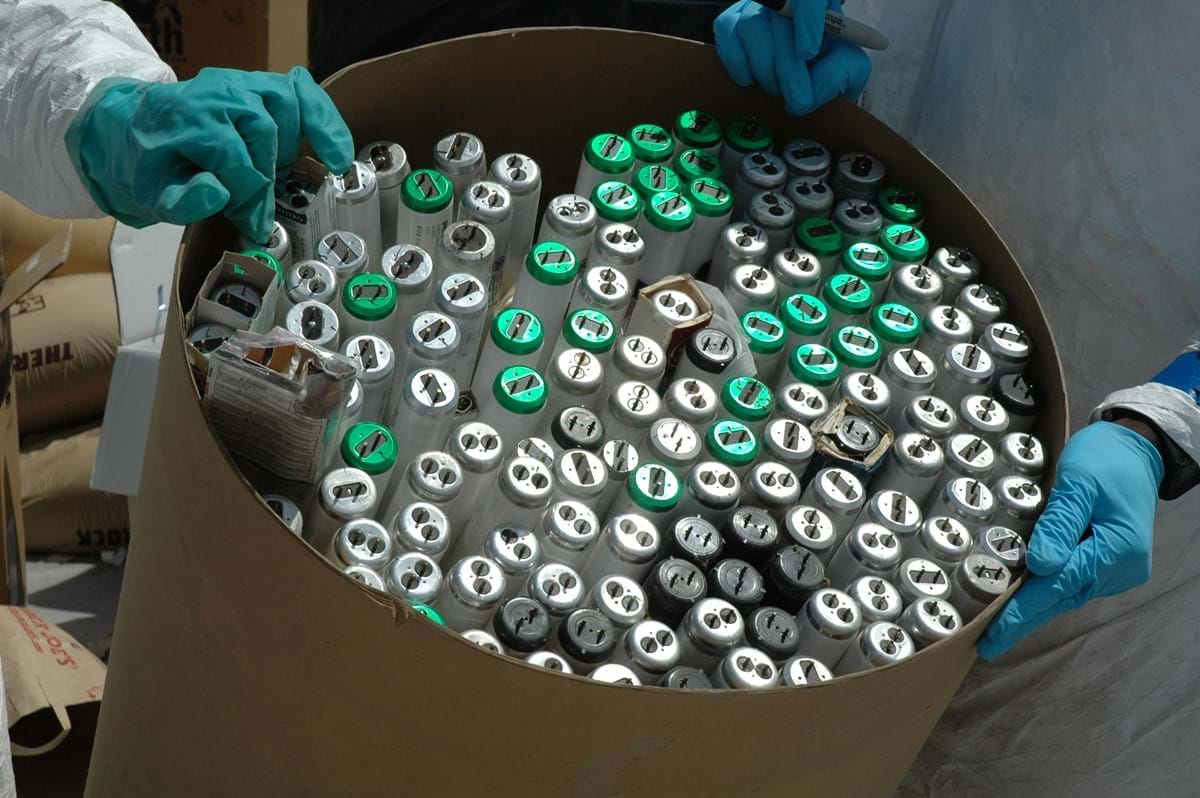

Articles
How To Dispose 4-Feet Fluorescent Tubes
Modified: March 1, 2024
Learn the proper way to dispose of 4-foot fluorescent tubes in this informative article. Follow the recommended guidelines to ensure safety and environmental responsibility.
(Many of the links in this article redirect to a specific reviewed product. Your purchase of these products through affiliate links helps to generate commission for Storables.com, at no extra cost. Learn more)
Introduction
How Do You Dispose Of 4-Foot Fluorescent Tubes?
4-foot fluorescent tubes have long been a popular lighting option for residential, commercial, and industrial spaces. However, their disposal poses a significant challenge due to the presence of harmful substances such as mercury. Proper disposal is crucial to prevent environmental pollution and potential health risks.
In this article, we will explore the environmental impact of 4-foot fluorescent tubes, the legal regulations surrounding their disposal, safe disposal methods, DIY techniques for handling and packaging, and alternative lighting options to consider.
Let’s delve into the details and find the best ways to dispose of these tubes responsibly.
Key Takeaways:
- Proper disposal of 4-foot fluorescent tubes is crucial to prevent environmental pollution and health risks due to mercury and other harmful substances they contain.
- Recycling, local drop-off locations, and mail-back programs offer safe and responsible disposal options for 4-foot fluorescent tubes, while energy-efficient LED and CFL bulbs provide eco-friendly lighting alternatives.
Read more: How To Safely Dispose Fluorescent Tubes
Environmental Impact of 4-Foot Fluorescent Tubes
Improper disposal of 4-foot fluorescent tubes can have significant adverse effects on the environment and human health. These tubes contain harmful substances that can contaminate soil, water, and air if not handled correctly.
Potential dangers of improper disposal:
- Mercury contamination: One of the main concerns associated with fluorescent tubes is the presence of mercury. Each tube contains a small amount of mercury vapor, which is released when the tube breaks or when improperly disposed of. Mercury is a toxic substance that can bioaccumulate in living organisms, posing health risks to humans and wildlife.
- Impact on aquatic ecosystems: When fluorescent tubes are discarded in landfills or dumped into bodies of water, mercury can leach into the soil and contaminate nearby streams, rivers, and lakes. Once in aquatic ecosystems, mercury can accumulate in fish and other aquatic organisms, leading to biomagnification through the food chain and posing a threat to both wildlife and humans who consume contaminated fish.
- Air pollution: When fluorescent tubes break or shatter during disposal, mercury vapor is released into the air. Inhalation of mercury vapor can have detrimental effects on respiratory health and contribute to air pollution.
Harmful substances in fluorescent tubes:
Aside from mercury, 4-foot fluorescent tubes also contain other toxins, such as lead and phosphor powder. Lead is a neurotoxin that can cause developmental issues in children and lead to severe health problems in adults. The phosphor powder in these tubes may contain traces of cadmium, which is a known carcinogen.
Given the potential environmental and health hazards, it is crucial to handle and dispose of 4-foot fluorescent tubes properly to minimize the negative impact on our planet and the well-being of all living beings.
Legal Regulations for Disposing of 4-Foot Fluorescent Tubes
Proper disposal of 4-foot fluorescent tubes is not only essential for environmental protection but is also subject to legal regulations. These regulations aim to ensure safe and responsible handling of these potentially hazardous materials.
Federal laws and regulations:
At the federal level, the United States Environmental Protection Agency (EPA) has established disposal guidelines for mercury-containing lamps, which include 4-foot fluorescent tubes. According to the EPA’s Universal Waste Rule, certain hazardous wastes, including fluorescent lamps, are classified as “universal wastes” and are subject to specific management standards to encourage appropriate recycling or disposal.
The EPA encourages recycling as the preferred method of disposal for fluorescent tubes. They recommend utilizing recycling facilities that can capture the mercury and other potentially hazardous materials, preventing their release into the environment.
State-specific regulations:
In addition to federal regulations, many states have enacted their own laws and regulations regarding the disposal of 4-foot fluorescent tubes. These regulations can vary from state to state and may include specific requirements for recycling, labeling, and handling of these lamps.
For example, some states prohibit the disposal of fluorescent tubes in regular household trash and require them to be recycled. In other states, there may be specific collection programs or designated drop-off locations for fluorescent tube recycling. Some states also require the proper removal of these lamps by certified professionals during building demolitions or renovations to prevent environmental contamination.
It is essential to familiarize yourself with the specific regulations in your state regarding the disposal of 4-foot fluorescent tubes. This information can generally be obtained from your state’s environmental or waste management agency or local recycling centers. Adhering to these regulations not only ensures compliance with the law but also contributes to the preservation of our environment.
Safe Disposal Methods for 4-Foot Fluorescent Tubes
Proper disposal of 4-foot fluorescent tubes involves using safe and environmentally friendly methods that minimize the risk of releasing harmful substances into the environment. Fortunately, there are several options available for the safe and responsible disposal of these tubes.
1. Recycling options:
Recycling is the preferred method of disposing of 4-foot fluorescent tubes. Many recycling facilities specialize in processing these lamps. They are equipped to handle the extraction of mercury and other hazardous materials, ensuring they are safely recycled or disposed of. Recycling not only reduces the risk of environmental contamination but also allows for the recovery of valuable materials present in the tubes, such as glass and metals.
2. Local drop-off locations:
Many communities have established drop-off locations where residents can bring their 4-foot fluorescent tubes for safe disposal. These drop-off sites are often located at recycling centers, hardware stores, or municipal waste management facilities. It is important to contact your local waste management organization or check their website to find the nearest drop-off location in your area. Drop-off programs ensure that fluorescent tubes are handled and recycled appropriately, minimizing the risk of environmental pollution.
3. Mail-back programs:
Some recycling companies offer mail-back programs for the proper disposal of 4-foot fluorescent tubes. These programs provide pre-paid shipping containers that can be used to mail the tubes to a recycling facility. This option is particularly useful for individuals or businesses with limited access to local drop-off locations. It ensures that fluorescent tubes can be safely transported and recycled without the need for additional trips.
When using recycling options, local drop-off locations, or mail-back programs, it is essential to follow the guidelines provided by the facility or program. This often includes packing the tubes securely to prevent breakage, and sometimes removing the fixtures or end caps. By adhering to these guidelines, you can contribute to the safe and responsible disposal of 4-foot fluorescent tubes and help protect our environment.
Many hardware stores and recycling centers offer fluorescent tube recycling programs. Check with your local facilities to find the best option for disposing of 4-foot fluorescent tubes in an environmentally friendly manner.
DIY Disposal Techniques for 4-Foot Fluorescent Tubes
While it is highly recommended to utilize recycling facilities or designated drop-off locations for the safe disposal of 4-foot fluorescent tubes, there may be situations where DIY disposal becomes necessary. Here are some essential techniques to follow when handling and disposing of these tubes on your own:
1. Handling and packaging guidelines:
When dealing with 4-foot fluorescent tubes, it is important to take precautions to prevent breakage and minimize the risk of exposure to mercury and other harmful substances. To handle these tubes safely:
- Wear protective gloves, safety glasses, and a face mask to protect yourself from potential hazards.
- Place a drop cloth or plastic sheet on the floor to catch any broken glass.
- If possible, use a ladder to safely remove the tubes from fixtures. Do not attempt to remove them while standing on a chair or unstable surface.
- Carefully wrap the tubes individually in heavy-duty plastic or bubble wrap to prevent breakage.
- Secure the wrapped tubes with duct tape or zip ties to keep them in place.
2. Precautions for transporting:
When transporting 4-foot fluorescent tubes for disposal, it is crucial to take additional precautions to avoid breakage or the release of harmful substances:
- Secure the packaged tubes in a sturdy box or container to prevent movement during transport.
- Label the box clearly as “Fragile” and “Contains Fluorescent Tubes – Handle with Care”.
- Keep the box upright during transport to minimize the risk of breakage.
- Ensure the tubes are stored away from passengers in the vehicle and in a well-ventilated area.
3. Proper storage of broken or damaged tubes:
If a 4-foot fluorescent tube breaks during handling or transport, it is crucial to handle the situation carefully to prevent injury and avoid further contamination:
- Wear gloves and safety glasses when dealing with broken tubes.
- Use a stiff piece of cardboard or a dustpan and broom to carefully collect the broken glass and debris.
- Place the broken pieces in a sealable plastic bag or a sturdy container.
- Label the bag or container as “Broken Fluorescent Tubes – Contains Mercury – Do Not Touch”.
- Store the bag or container in a secure location away from children and pets until it can be properly disposed of or recycled.
Remember, while DIY disposal methods are an option, it is highly recommended to utilize recycling programs or designated drop-off locations to ensure the safe and responsible disposal of 4-foot fluorescent tubes and to minimize environmental impact.
Read also: 11 Amazing Fluorescent Tubes 4 Foot for 2025
Alternative Lighting Options to Consider
When it comes to lighting, there are alternative options to traditional 4-foot fluorescent tubes that offer numerous benefits, including energy efficiency, longevity, and reduced environmental impact. Here are some alternative lighting options to consider:
Benefits of energy-efficient lighting:
Energy-efficient lighting solutions not only help conserve energy but also offer several advantages:
- Lower energy consumption: Energy-efficient lighting options, such as LED (Light Emitting Diode) and CFL (Compact Fluorescent Lamp) bulbs, consume significantly less energy than traditional incandescent bulbs. This results in reduced electricity usage, leading to cost savings.
- Longer lifespan: LED and CFL bulbs have much longer lifespans compared to incandescent bulbs. This means less frequent replacement, reducing waste and maintenance costs.
- Improved durability: LED and CFL bulbs are more durable and resistant to damage from shocks and vibrations compared to traditional bulbs. This makes them ideal for various applications and environments.
- Reduced heat emission: Energy-efficient bulbs produce less heat than incandescent bulbs, making them safer to use and reducing cooling costs in warmer climates.
LED and CFL alternatives:
LED and CFL bulbs are the most popular alternatives to 4-foot fluorescent tubes due to their energy efficiency and longevity:
- LED bulbs: LED bulbs are highly energy-efficient and have an exceptionally long lifespan. They are available in various colors and can be used in a wide range of lighting applications. LED bulbs emit light in a specific direction, making them more focused and efficient.
- CFL bulbs: CFL bulbs are compact versions of traditional fluorescent tubes and provide an energy-efficient lighting option. While CFLs contain a small amount of mercury, they have significantly lower mercury content than their larger fluorescent tube counterparts. CFLs produce a warm, soft light that is similar to incandescent bulbs and are available in various shapes and sizes.
Disposal methods for alternative lighting options:
Proper disposal of LED and CFL bulbs is important to minimize environmental impact and potential health risks:
- Recycling: LED and CFL bulbs can be recycled to recover valuable materials and ensure proper handling of any hazardous substances they may contain. Many hardware stores, recycling centers, and manufacturers offer recycling programs or designated drop-off locations for these bulbs.
- Local collection programs: Some municipalities have collection programs specifically for recycling LED and CFL bulbs. Contact your local waste management agency to inquire about any collection events or programs available in your area.
- Retailer recycling programs: Certain retailers or manufacturers have take-back programs where you can return used LED and CFL bulbs for proper recycling. Check with the retailer or manufacturer to see if they offer such a program.
By considering alternative lighting options and properly disposing of LED and CFL bulbs, you can contribute to energy conservation, reduce your environmental footprint, and enjoy long-lasting, efficient lighting in your home or business.
Conclusion
Proper disposal of 4-foot fluorescent tubes is crucial to protect the environment and human health from the harmful substances they contain, such as mercury and lead. By understanding the environmental impact of these tubes and adhering to legal regulations, we can ensure their safe disposal.
Recycling is the preferred method for disposing of 4-foot fluorescent tubes, as it allows for the proper handling and recovery of valuable materials. Many recycling facilities and local drop-off locations offer convenient options for recycling these tubes. Additionally, mail-back programs provide an accessible option for those with limited access to drop-off locations.
When handling and packaging 4-foot fluorescent tubes, it’s important to follow safety guidelines to minimize the risk of breakage and exposure to hazardous substances. Taking precautions during transport and proper storage of broken tubes further reduce the potential risks involved in their disposal.
Considering alternative lighting options, such as energy-efficient LED and CFL bulbs, can not only save energy and reduce costs but also contribute to a greener environment. Recycling programs are available for these options as well, ensuring their proper disposal and minimizing any potential environmental impact.
In conclusion, disposing of 4-foot fluorescent tubes responsibly is essential to protect our planet and our well-being. By recycling, following proper handling techniques, and considering energy-efficient lighting alternatives, we can make a positive impact and contribute to a sustainable future.
Frequently Asked Questions about How To Dispose 4-Feet Fluorescent Tubes
Was this page helpful?
At Storables.com, we guarantee accurate and reliable information. Our content, validated by Expert Board Contributors, is crafted following stringent Editorial Policies. We're committed to providing you with well-researched, expert-backed insights for all your informational needs.
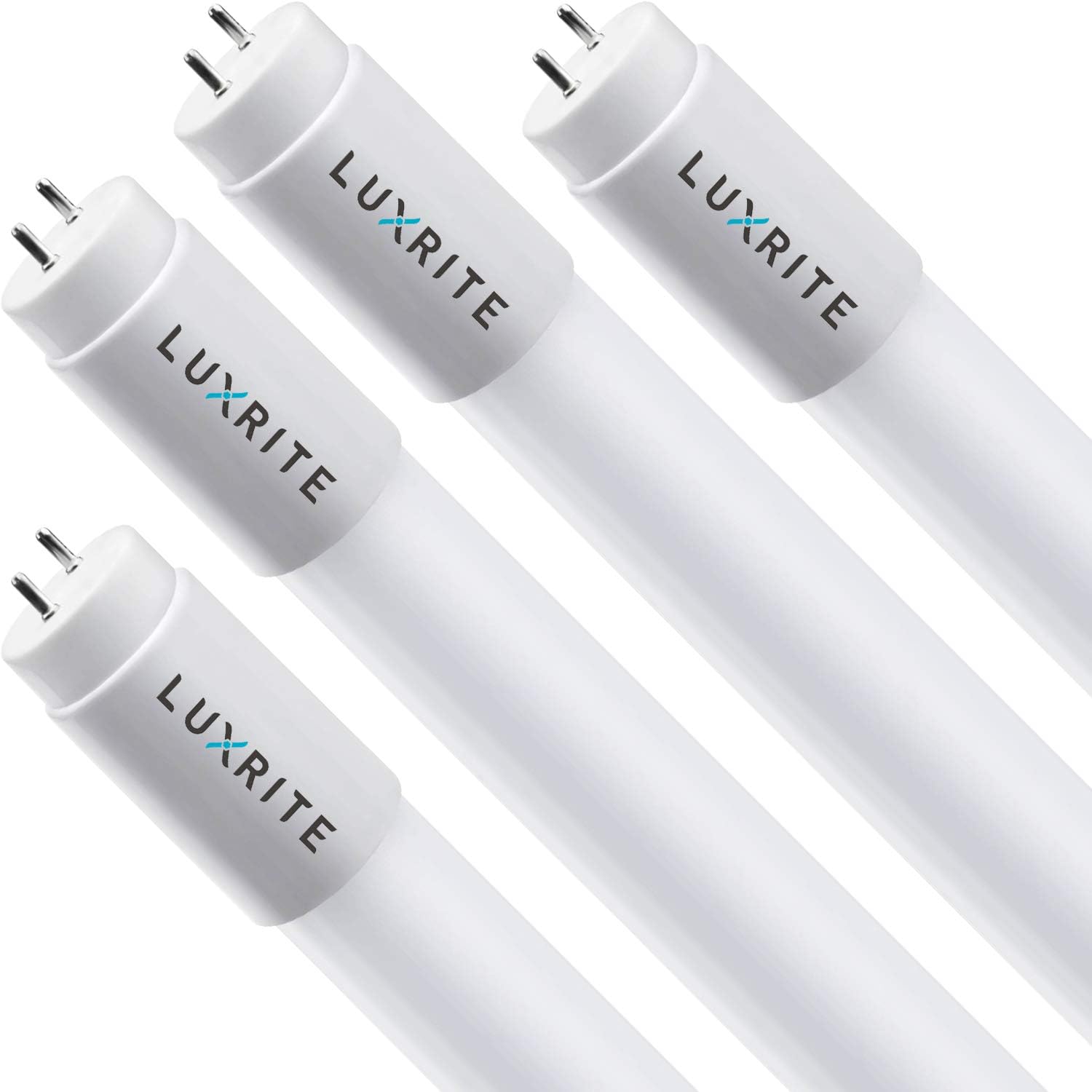
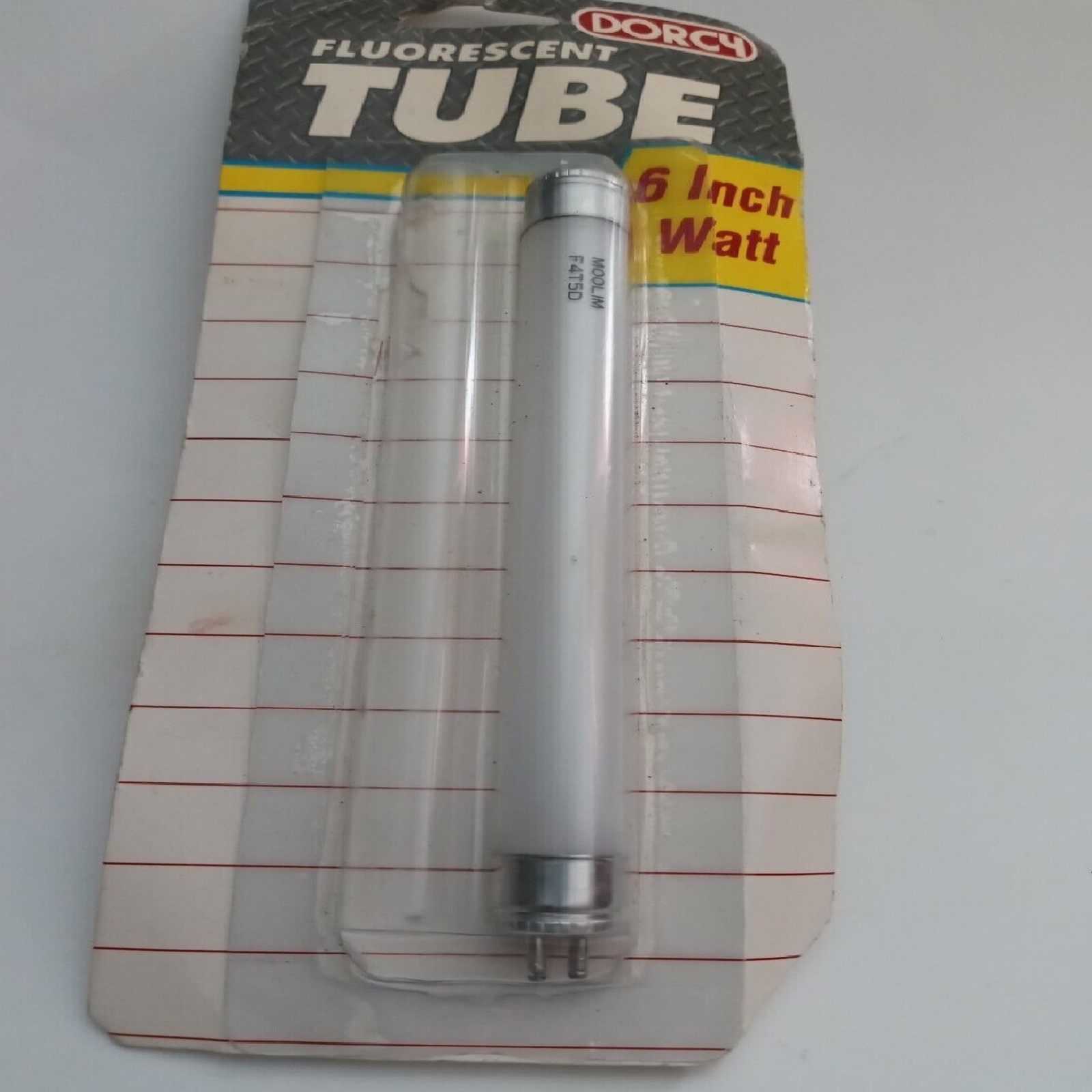
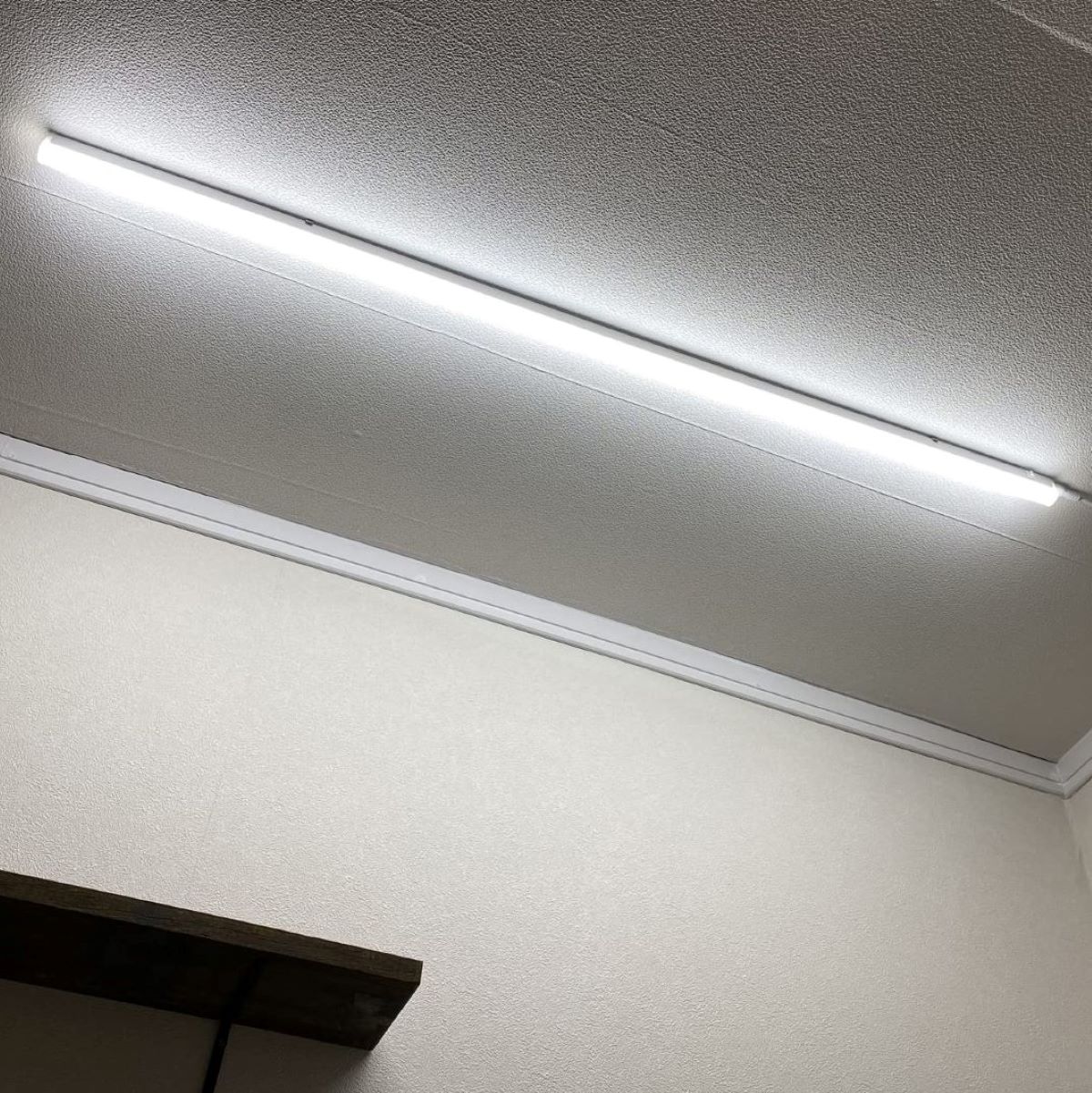
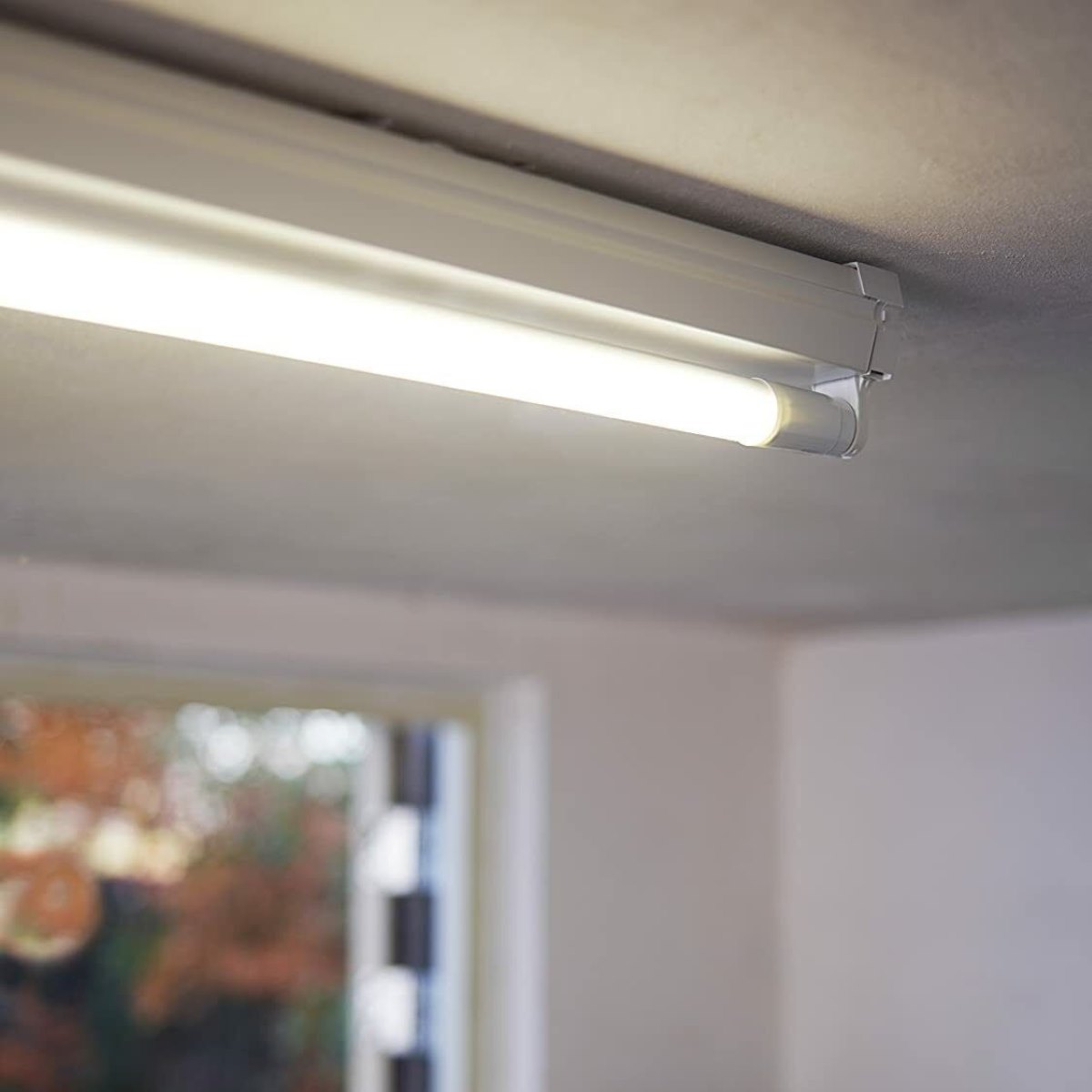

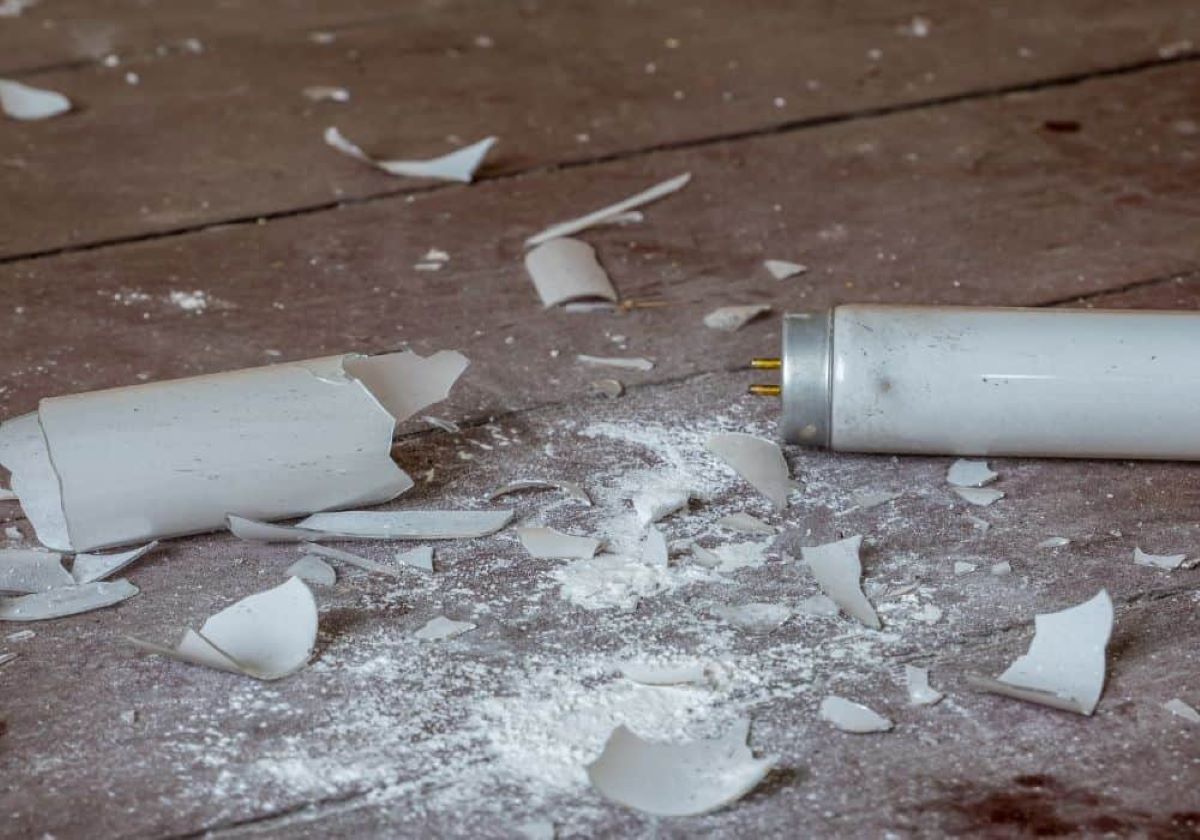
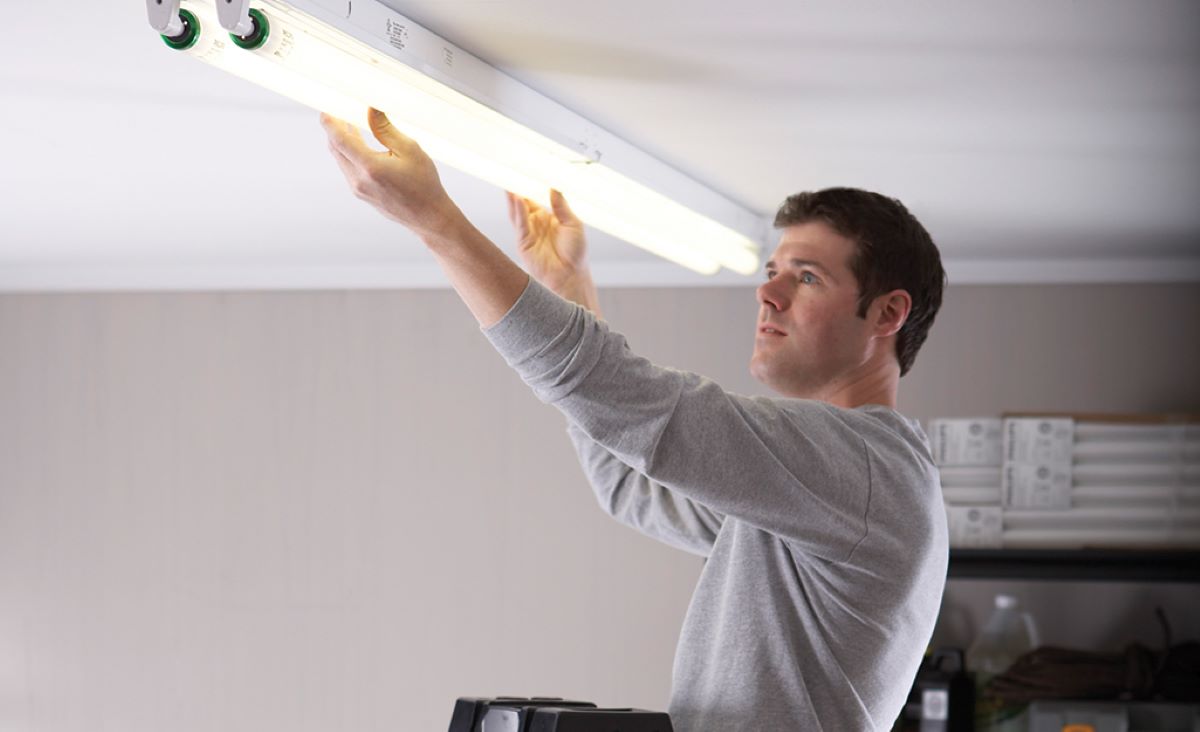
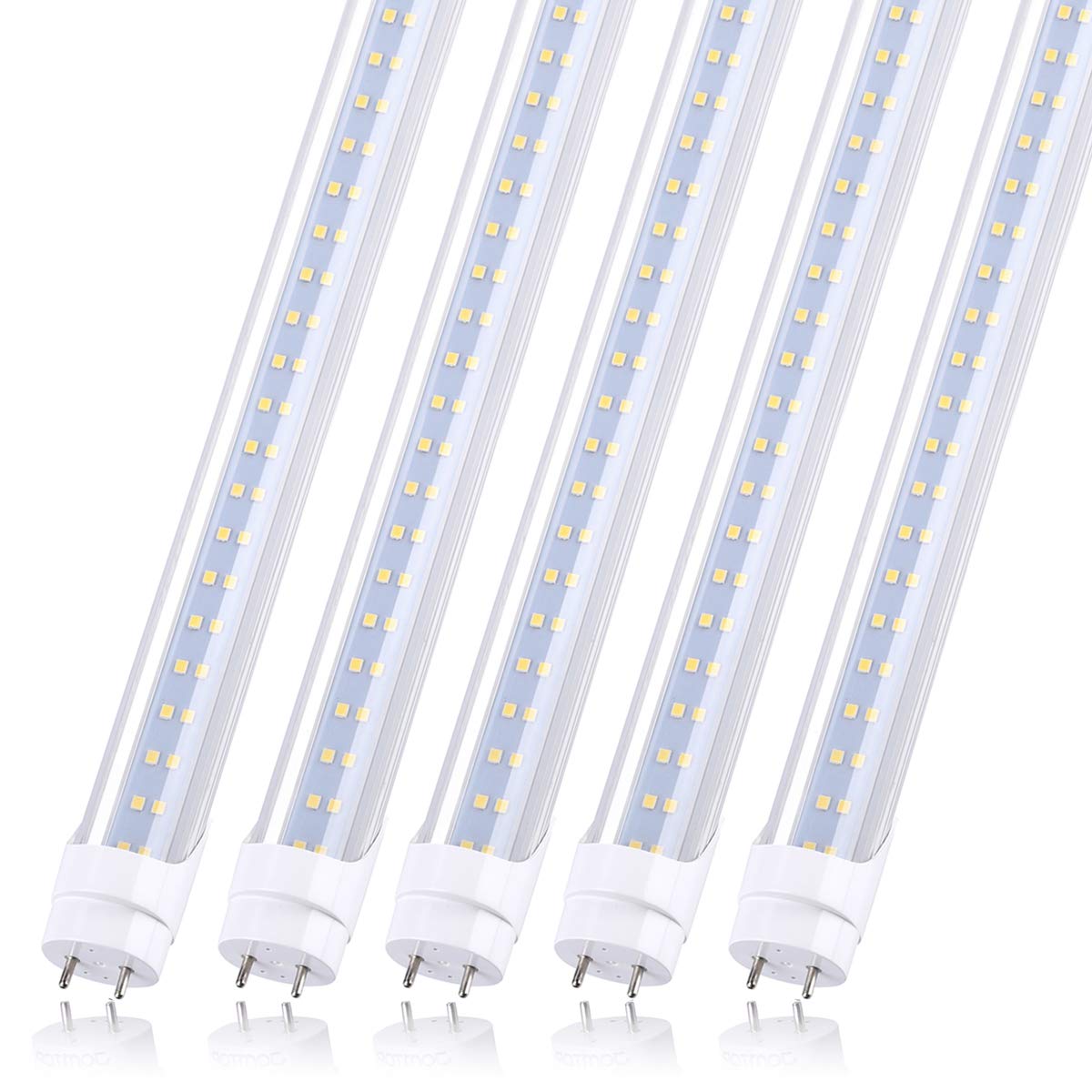
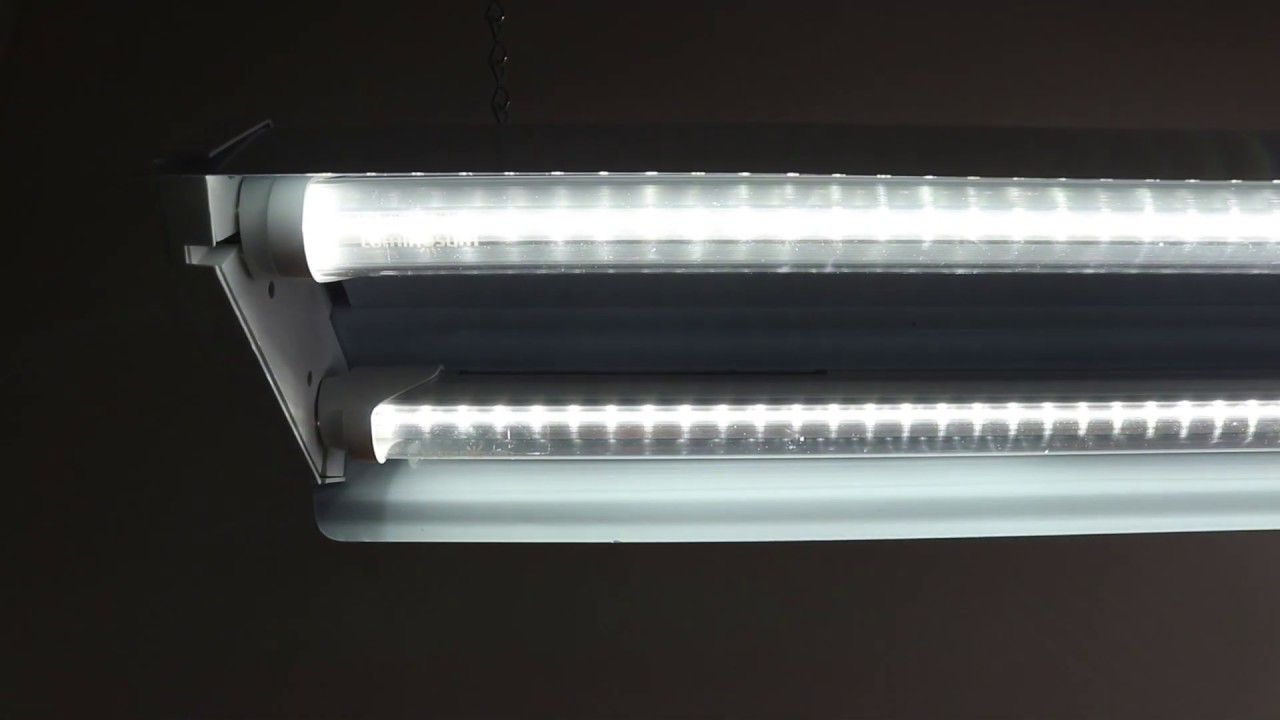

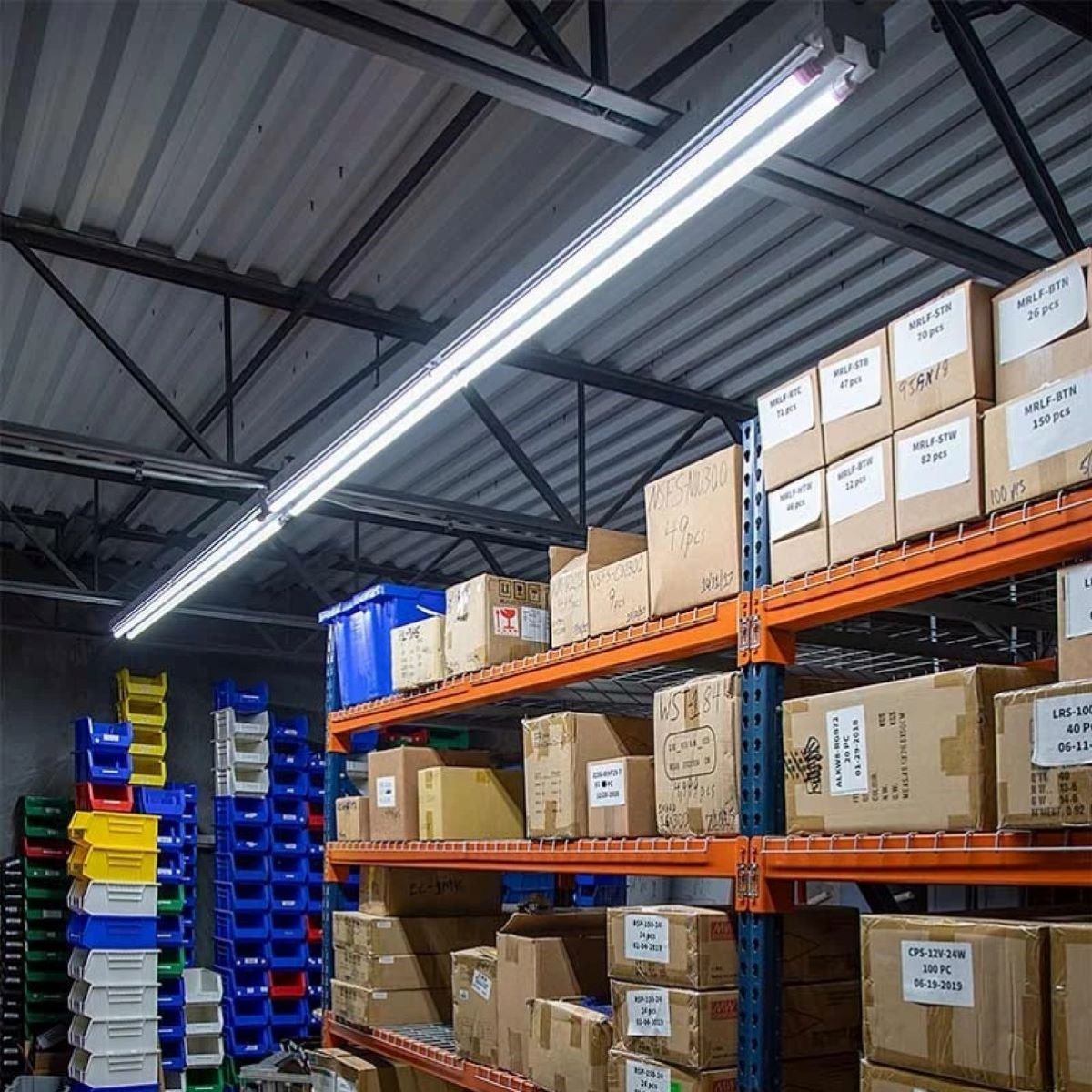
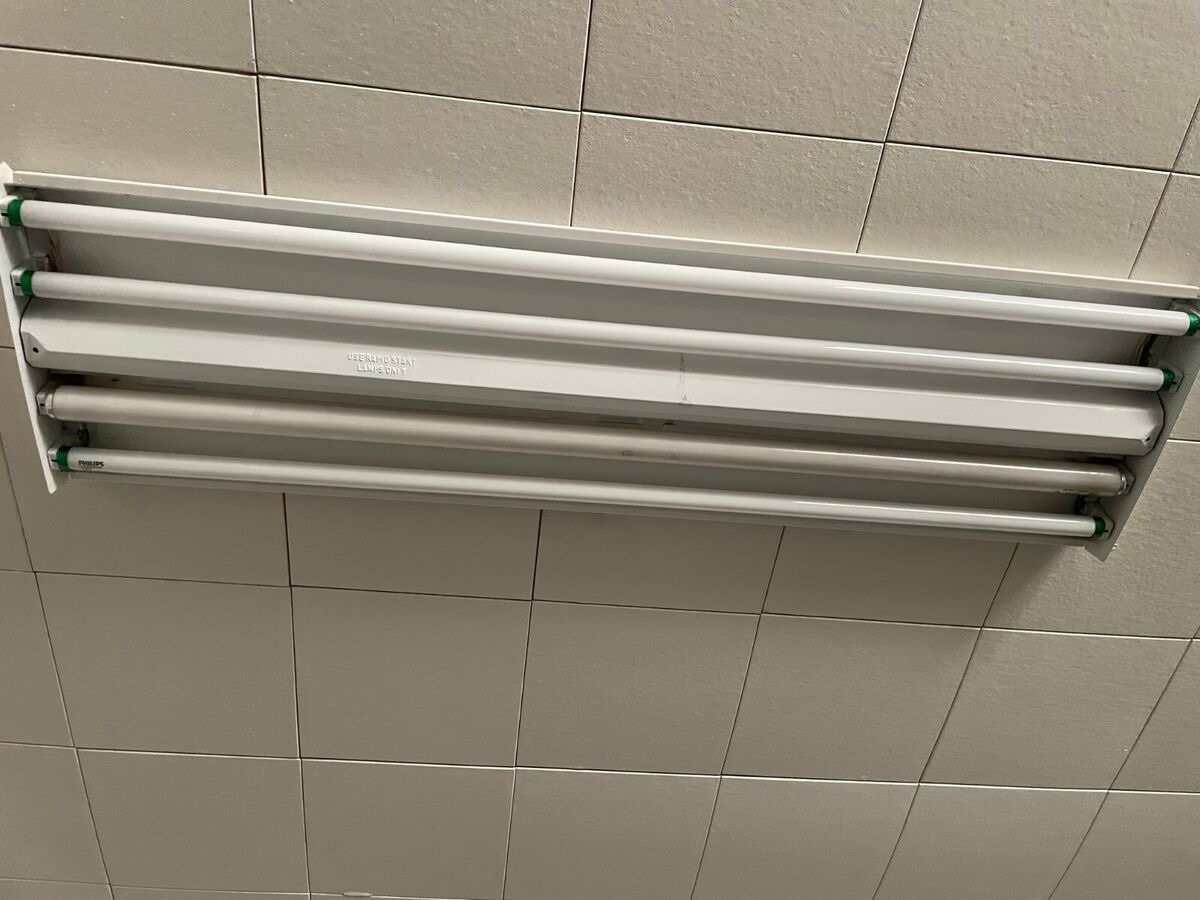



0 thoughts on “How To Dispose 4-Feet Fluorescent Tubes”